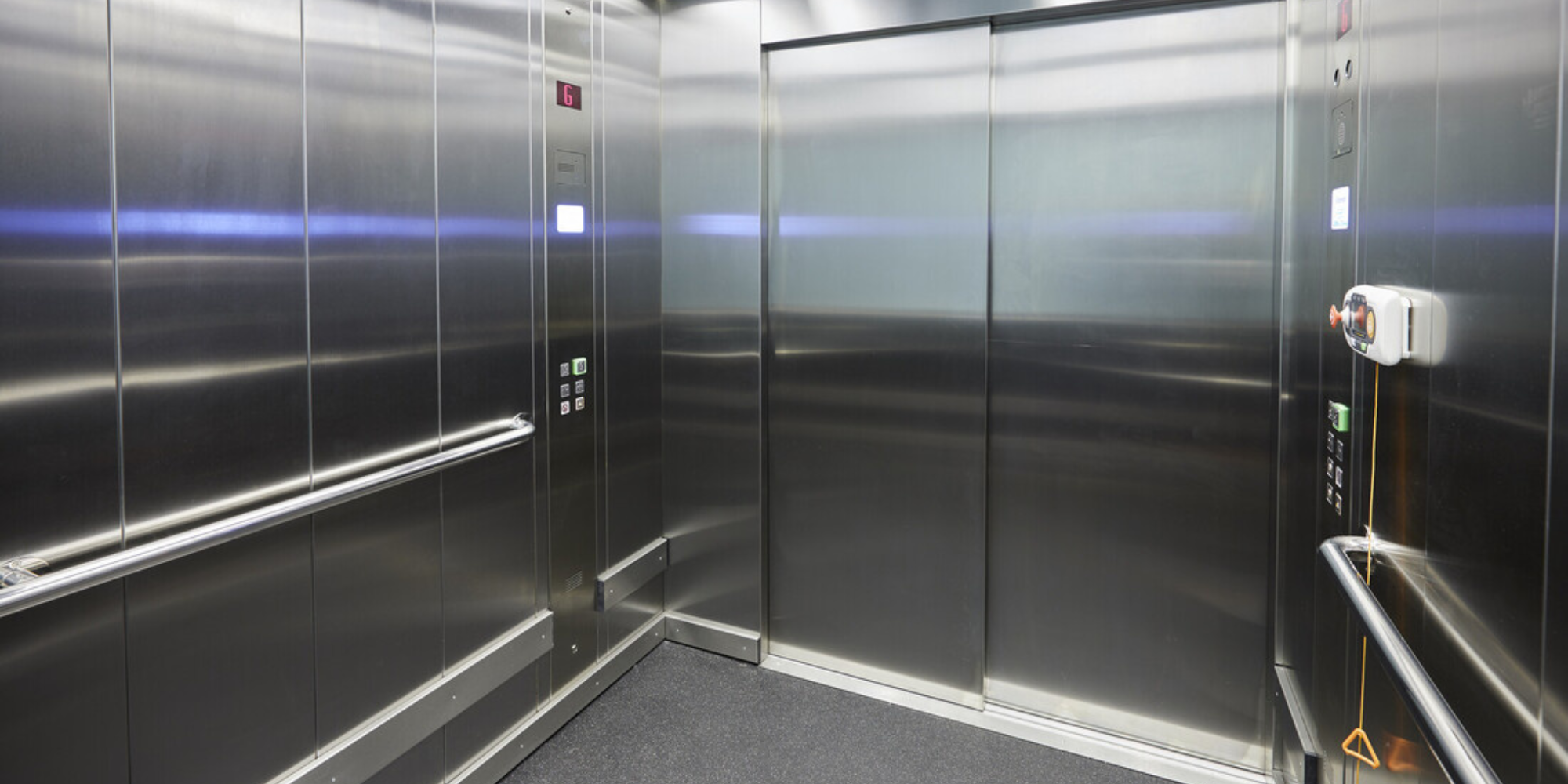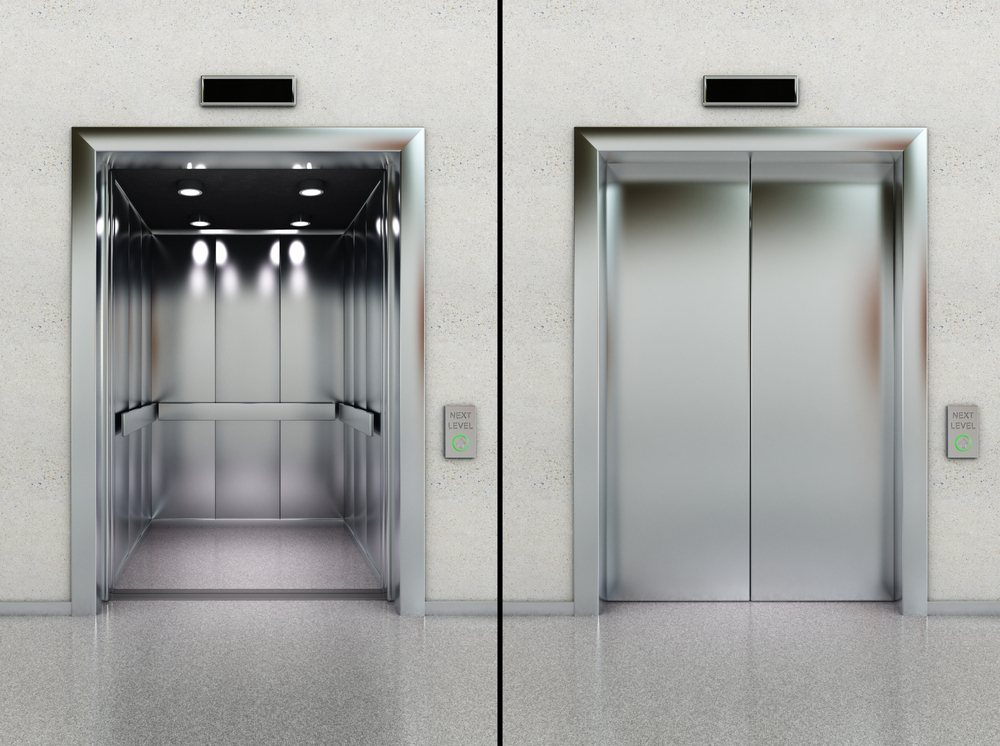Top Lift Companies in London: Offering High Quality Installations and Maintenance
Top Lift Companies in London: Offering High Quality Installations and Maintenance
Blog Article
Delving Into the Globe of Elevators: Usual Problems Encountered by Different Lift Mechanisms
As we navigate via the vertical transportation systems of contemporary buildings, lifts stand out as an indispensable component of our day-to-day lives. From hydraulic elevators to traction systems and machine-room-less layouts, each lift type comes with its set of usual issues.
Hydraulic Lifts
Hydraulic elevators, usually favored for low-rise structures, use fluid stress to manage the motion of the lift cars and truck (lift repair companies). This system includes a hydraulic pump pushing oil right into a cylinder, creating the elevator to relocate in the preferred instructions. While hydraulic lifts are understood for their smooth and quiet procedure, they do feature their own set of typical concerns
One common trouble with hydraulic elevators is oil leak. Furthermore, concerns with the control system, such as defective valves or a malfunctioning pump, can trigger interruptions in the elevator's movement.
Regular upkeep and prompt repairs are vital to ensure the smooth functioning of hydraulic lifts. By resolving these typical problems proactively, structure proprietors can decrease downtime and ensure the security and efficiency of their vertical transportation system.
Grip Elevators
When considering upright transportation systems in buildings, another usual type other than hydraulic elevators is the grip lift. Traction elevators operate using a system of ropes and counterweights that relocate the elevator vehicle by gripping onto the hoist ropes. This mechanism enables smoother and much faster vertical transport compared to hydraulic systems.
Among the common problems dealt with by grip lifts is rope wear. The consistent motion of the ropes within the grip system can bring about tear and use gradually, possibly triggering the lift to malfunction or end up being unsafe for usage. Routine assessments and upkeep of the ropes are vital to make sure the lift's correct functioning and security.
An additional issue that traction lifts might experience is connected to the control system. Problems with the control system can result in concerns such as erratic movement, hold-ups in reaction times, and even complete closures. Routine testing and upkeep of the control system are vital to avoid such concerns and make sure the elevator's integrity.
Machine-Room-Less (MRL) Elevators

One of the key parts of MRL lifts is the compact gearless grip device that is mounted within the hoistway. This maker successfully drives the elevator cars and truck without the requirement for cumbersome tools located in standard grip elevators. In addition, MRL lifts usually use a weight system to balance the cars and truck, additional enhancing their energy performance.
Regardless of their benefits, MRL lifts may deal with obstacles associated with maintenance and redirected here fixing due to the confined area for tools installation. Availability for servicing elements within the shaft can be restricted, needing specialized training for technicians. Appropriate upkeep routines and routine assessments are critical to ensure the ongoing smooth operation of MRL lifts.
Overloading and Weight Limitation Issues
Overwhelming and weight limit problems are important issues in elevator operations. Lift manufacturers layout raises with specific weight abilities to make sure guest safety and devices longevity.
When lifts are overloaded, it places too much strain on the motor, cable televisions, and various other elements, potentially causing malfunctions or break downs. right here If they detect excess weight, safety and security devices such as sensors and overload sensors are in place to avoid elevators from relocating. In addition, exceeding weight limits can lead to increased energy intake and deterioration on the lift system.
To alleviate overloading problems, developing managers need to prominently present weight restrictions in elevators and inform occupants on the importance of adhering to these limitations - lift repair companies. Normal upkeep checks by certified service technicians can also assist ensure that elevators are running within safe weight criteria. By dealing with overloading and weight limitation concerns proactively, building owners can boost lift safety and effectiveness
Electric System Failures
Surpassing weight restrictions in lifts can not only lead to mechanical problems yet likewise potentially contribute to electrical system failings within the lift facilities. Electrical system failures are an important worry in elevator operation, as they can create unforeseen shutdowns, malfunctions, or also safety and security dangers.
Routine upkeep and inspections are crucial to identify and deal with possible electric issues immediately, guaranteeing the effective and secure operation of lift systems. By sticking to weight limitations and performing routine electrical system checks, structure owners can alleviate the risk of electrical failings in lifts.
Conclusion

Hydraulic lifts, typically preferred for low-rise structures, utilize fluid pressure to regulate the motion see it here of the lift automobile.When taking into consideration upright transportation systems in structures, another typical kind aside from hydraulic lifts is the grip elevator. Traction lifts run making use of a system of ropes and counterweights that move the elevator cars and truck by gripping onto the hoist ropes. Unlike standard elevators that call for a separate machine room to house the tools, MRL elevators integrate most of the parts within the shaft, eliminating the requirement for a dedicated device area.In verdict, elevators deal with usual concerns such as hydraulic malfunctions, grip system failings, and electrical system problems.
Report this page